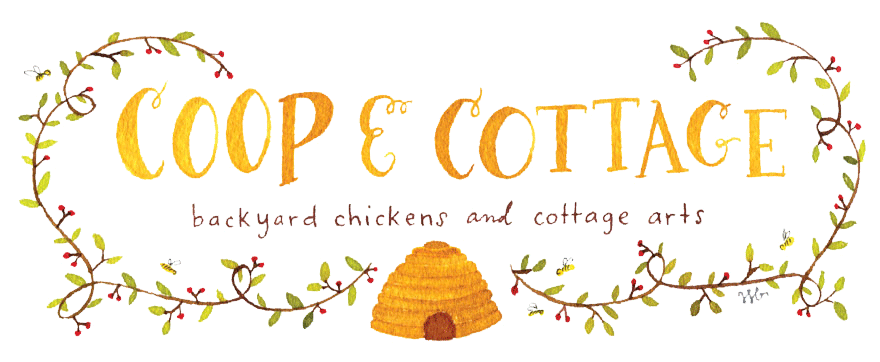 |
| Our new old O'Keefe & Merritt stove, circa 1956 |
To make a long story short, we brought it home with plans to
restore it. I began to look up parts on eBay, read old-stove-repair sites
online, Googled pictures of O’Keefe & Merritt stoves (for reassurance and
inspiration) and daydreamed about how it would look in our old house.
It sat there in the garage for two summers, waiting for its
makeover. As we started to renovate our kitchen, I became more serious about
trying to find parts for it. Prices had, I discovered, gone up a bit. At one
point the original knobs had been taken off our old stove and replaced with '70s era black and stainless knobs. One vintage knob on eBay ran about $40. That meant
an investment of $200 just for knobs.
Discouraged, I looked on Craigslist again, thinking maybe
someone had one I could use for parts. There was a photo of an old stove that
was behind stacks of boxes. I knew it was an O’Keefe & Merritt with all its
knobs intact, but it appeared to be incomplete and dismantled. It was listed for $75.
By the end of the day, we were the proud owners of our
second O’Keefe & Merritt stove. This one was circa 1956. What surprised us
was that it was in better shape than our first one. All the porcelain was
beautiful. It sported a chrome top that lifted like the hood of a muscle car,
and the griddle-in-the-middle was in beautiful shape. On top of all that, we
found that the box of parts that came with it contained extra parts—which, we
reasoned, we’d sell on eBay to recoup our expenses.
It was placed in the garage next to stove #1. Then, a few weeks later, as if
sensing its impending retirement, our 13-year-old electric range burned out the
oven element on Thanksgiving day. That hurried the process along a bit. I began
to clean stove #2, removing the glaze of years from burners and grills,
degreasing, scraping, gently separating hardened burned-on grunge. When I finished, most
of the stove looked pristine. Two of the burners will eventually need new
porcelain.
K hooked it up and texted me a photo at work. “It works!” We
were smitten. It beamed stoutly. We beamed. We took our photos next to the two
quiches we made with it. It's
gratifying to think that it escaped the landfill, and we marveled at how
solidly it was built and crafted.
On Christmas Day, we put it to the test, using the warming
oven to let the rolls rise while the ham baked. The kitchen heated up. I could
not help wondering how many Christmas dinners it had made, and imagined it was
pleased to be back at work on a holiday meal. I look forward to using it for
bread baking, canning, and yogurt making.
I am still smiling every time I clean it up, polish it,
start the teakettle or fire up the griddle. It is worth every bit of elbow
grease it took to burnish it back to its mid-century beauty.
Meanwhile, stove #1 awaits. Do we restore and sell it whole?
Or sell it piece by piece? It needs more work than stove #2 did, and will
require a greater investment to re-porcelain parts and get it to the level of
restoration it needs. We know its story is not yet complete, and whether pieced
out to bring its kin back to life, or refinished as a whole, we are confident
that someday it will also be cooking with gas.

